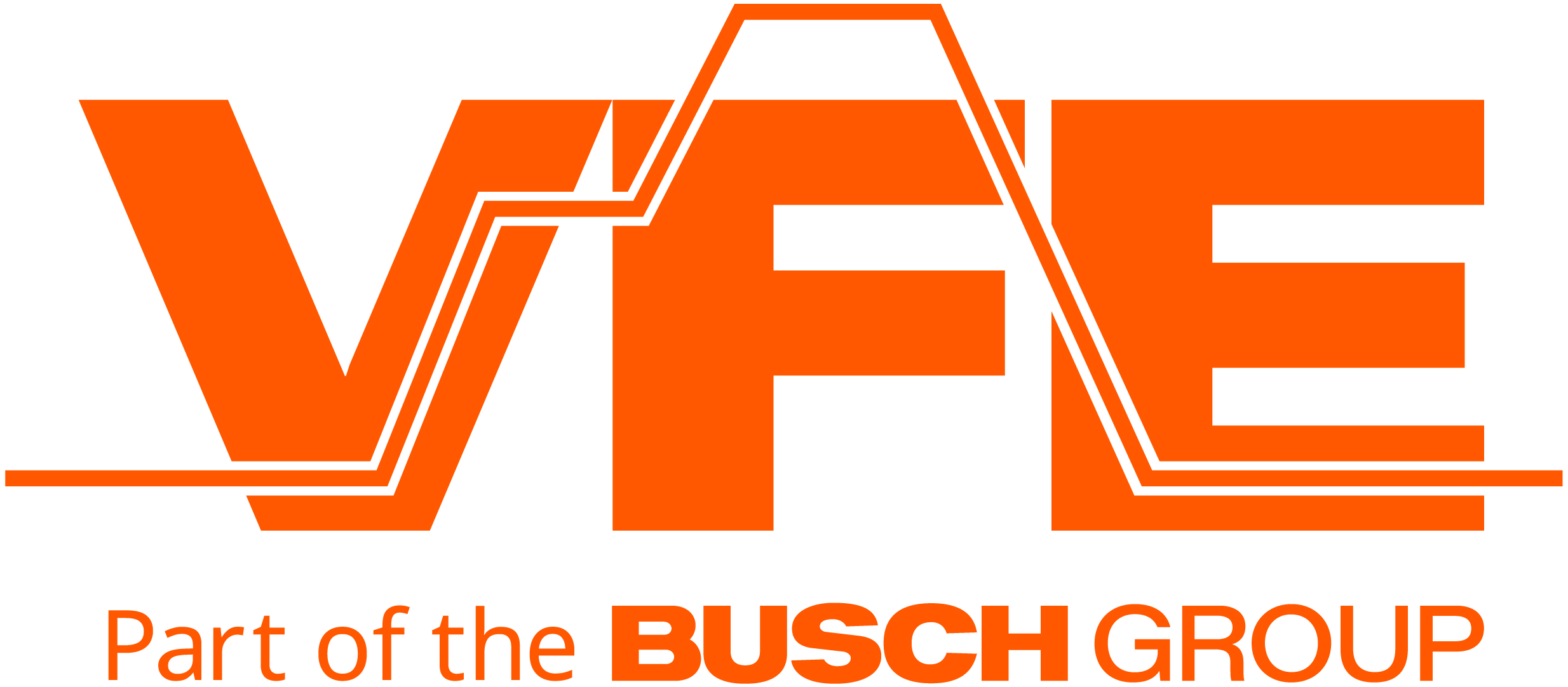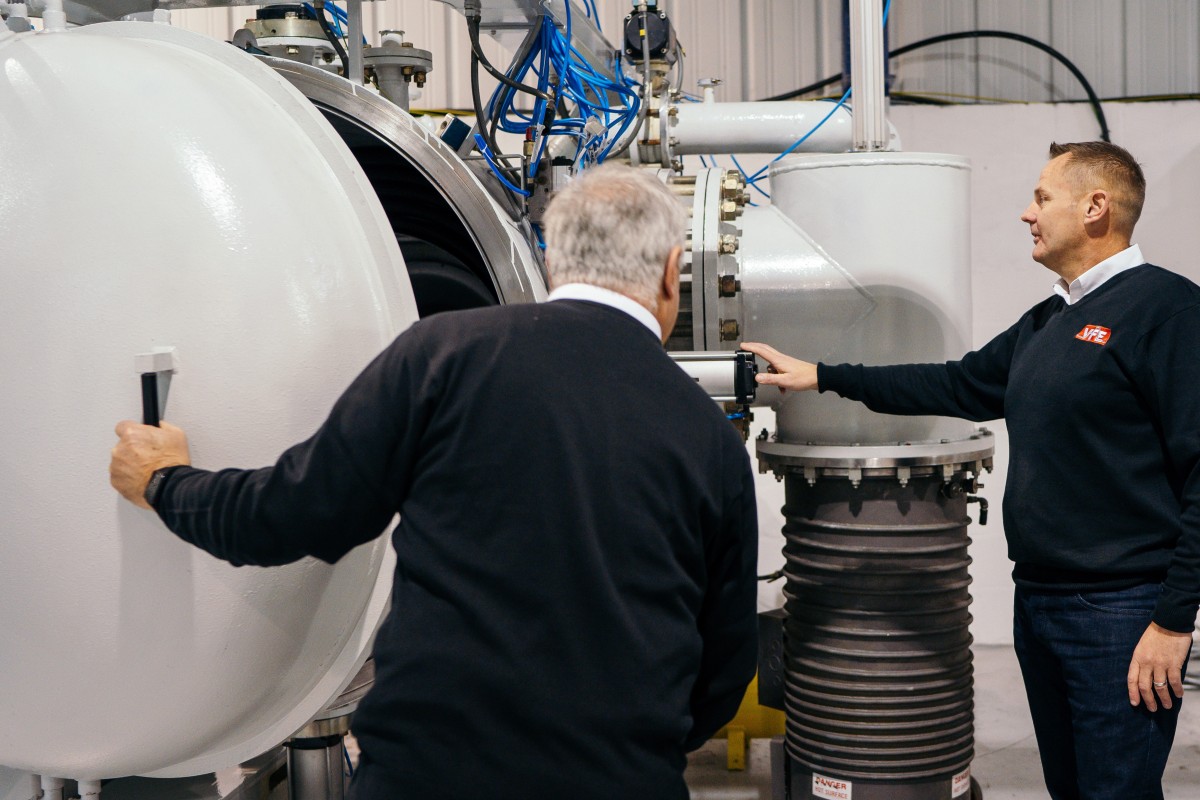As the hot-zone degrades over time, it can significantly impair vacuum performance, leading to operational inefficiencies, reduced energy efficiency, compromised product quality, and increased maintenance costs. Understanding the mechanisms behind this degradation and implementing preventive measures is crucial for maintaining furnace performance.
Here is how hot-zone degradation affects the furnace vacuum system.
1. Increased Outgassing
Outgassing is the release of gases such as water vapor, hydrocarbons, and other volatile compounds from materials within the furnace chamber. As the hot-zone degrades, the increased gas load places additional strain on the vacuum pumps, reducing their ability to achieve and maintain optimal vacuum levels. This leads to longer pump-down times, reduced throughput, higher energy consumption, and potentially compromised product quality. The primary reasons for increased outgassing in a degraded hot-zone include:- Deterioration of Hot-Zone Materials
Over time, materials such as graphite, molybdenum, and ceramic insulations degrade due to thermal cycling, oxidation, or impurity accumulation. This degradation causes these materials to release gases, increasing the overall gas load in the chamber impairing vacuum performance. - Residues from Processed Components
Materials processed in vacuum furnaces often emit residues or react with the furnace environment, leading to deposits on hot-zone components. These deposits can chemically react with hot-zone materials during high-temperature cycles, generating additional gaseous by-products that exacerbates outgassing. - Compromised Thermal Insulation
Thermal insulation in the hot-zone is essential for maintaining uniform temperature and minimizing heat loss. As insulation materials degrade, they become less effective, resulting in uneven heating and localized overheating. This accelerates material degradation and increases outgassing, further burdening the vacuum system.
2. Contamination of Seals
While the hot-zone itself is not typically designed to be vacuum-tight, its structural integrity can play an indirect role in causing vacuum leaks. Over time, physical degradation, such as cracks, gaps, or weakened structural elements, can create particles which contaminate critical sealing surfaces, causing leaks. Such leaks can compromise the performance of the vacuum system, increasing energy consumption and making it harder to maintain a stable pressure, increasing the risk of inconsistent process conditions.3. Vacuum Pump Contamination
As a result of hot-zone degradation, particulates or vapours are released into the furnace environment, which may migrate into the vacuum pump system. This contamination can have several adverse effects:- Reduced Pump Efficiency: Contaminants may coat pump components, reducing their ability to remove gases effectively.
- Increased Maintenance: Pumps may require more frequent servicing to address contamination-related issues.
- Pump Failure: Severe contamination can damage critical pump components, leading to costly repairs or replacements.
Maintaining the cleanliness, functionality and efficiency of the vacuum pump system is thus directly linked to the condition of the hot-zone.
Solutions to Mitigate Hot-Zone Degradation
Addressing hot-zone degradation proactively can help maintain furnace performance, extend equipment lifespan, and reduce operational costs. The following strategies can mitigate the impact of hot-zone wear:
Regular Maintenance and Inspections
Routine inspection and timely replacement of degraded hot-zone components are essential. Key areas to focus on include:- Insulation panels for signs of wear or discoloration.
- Heating elements for oxidation or structural damage.
- Seals and joints for contamination or leakage.
Regular maintenance minimizes outgassing, preserves structural integrity, and helps detect potential issues before they escalate.
Bake-Out Procedures
Periodic bake-outs, where the furnace is heated under vacuum without a load, help remove accumulated contaminants and reduce outgassing. This practice ensures that volatile compounds and residual gases are eliminated from the hot-zone materials, maintaining a cleaner vacuum environment.
Timely Hot-Zone Relines
When visible signs of degradation, such as uneven heating, increased energy consumption, or worn insulation materials, are detected, a hot-zone reline can restore the furnace to optimal performance. Relining replaces degraded components with new, high-performance materials, addressing issues before they impact vacuum performance.This preventive measure helps extend the furnace’s lifespan and ensures consistent performance.
Material Selection and Upgrades
Choosing high-quality, low-outgassing materials for hot-zone construction or during replacements can significantly reduce degradation rates. For example:- Graphite Insulation: Select grades with lower impurity levels to minimize outgassing.
- Metallic Insulation: Use materials like molybdenum or tungsten, wherever possible, for their durability and resistance to oxidation.
- Advanced Coatings: Apply protective coatings to reduce wear and contamination risks.
When upgrading the hot-zone, investing in superior materials may yield long-term benefits in terms of performance and maintenance savings.
Conclusion
The condition of the hot-zone is critical to the overall performance of a vacuum furnace. A degraded hot-zone not only compromises vacuum levels but also impacts energy efficiency, product quality, and system longevity. By understanding the mechanisms of hot-zone degradation—such as outgassing, contaminant build-up, and thermal inefficiencies—operators can implement proactive maintenance practices, regular bake-outs, and strategic material upgrades and/or relines to maintain optimal furnace performance.Investing in these measures ensures that your vacuum furnace remains a reliable and efficient asset in high-temperature processing, safeguarding both production goals and operational budgets. For more insights and expert guidance on maintaining your vacuum furnace, Vacuum Furnace Engineering is here to support your needs.
Talk to our team today to book a free consultation and discover how we can help enhance your vacuum furnace hot-zone's performance and efficiency.

